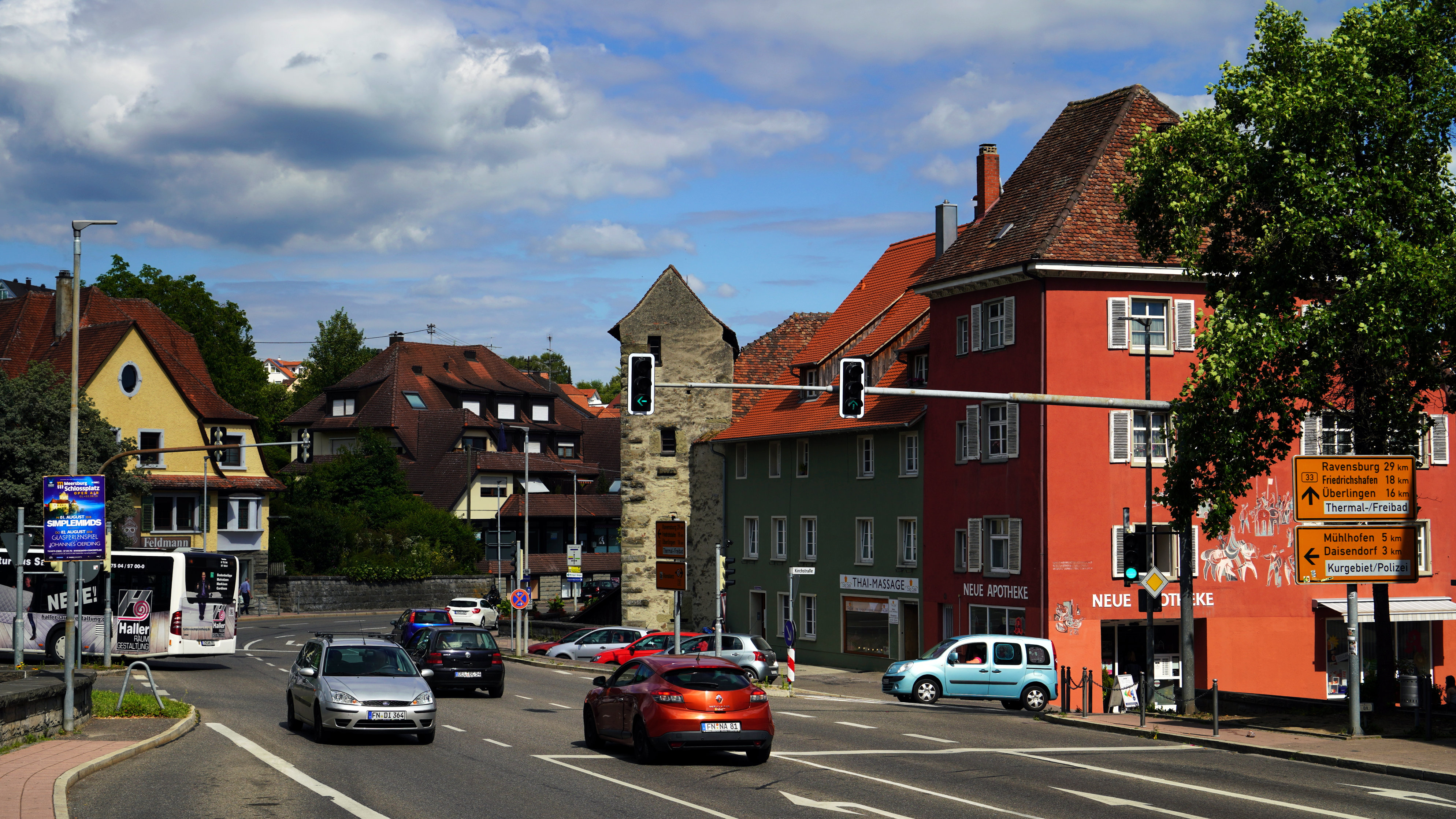Global Travel Information
River Thames, UK
The River Thames: The Lifeblood of England
The River Thames, winding its way through the heart of England, is more than just a body of water—it is a living testament to the nation’s history, culture, and identity. Spanning 215 miles (346 kilometers) from its source in the Cotswolds to its estuary in the North Sea, the Thames has shaped the landscape, economy, and spirit of the United Kingdom for millennia. From prehistoric settlements to modern-day London, the river has been a silent witness to the rise and fall of empires, the birth of industry, and the evolution of British society.
The Historical Thames
The Thames has been a focal point of human activity since ancient times. Archaeological evidence suggests that early humans settled along its banks as far back as the Neolithic period. The river provided fresh water, fertile land, and a means of transportation, making it an ideal location for early communities.

By the Roman era, the Thames had become a strategic waterway. In AD 43, the Romans established Londinium (modern-day London) near the river’s lowest bridging point. The Thames served as a vital trade route, connecting Britain to the rest of the Roman Empire. The remains of Roman wharves and artifacts discovered along the riverbanks highlight its importance in commerce and military logistics.
In medieval England, the Thames continued to thrive as a commercial artery. Towns such as Oxford, Reading, and Windsor grew prosperous due to their proximity to the river. The construction of bridges—most notably London Bridge in the 12th century—facilitated trade and travel, though the river remained a bustling highway for ships carrying goods from across Europe.
The Thames also played a pivotal role in England’s political and military history. The Tower of London, built by William the Conqueror in 1078, stood as both a royal fortress and a prison, its ominous presence overlooking the river. During the English Civil War (1642–1651), control of the Thames was crucial for supplying London and blockading royalist forces.
The Thames and the Industrial Revolution
The 18th and 19th centuries transformed the Thames into the backbone of Britain’s industrial might. As the Industrial Revolution took hold, factories, docks, and warehouses sprang up along its banks. The Port of London became the world’s busiest port, handling goods from every corner of the British Empire.
However, this rapid industrialization came at a cost. By the mid-19th century, the Thames was heavily polluted with sewage and industrial waste. The infamous "Great Stink" of 1858, when the river’s foul odor overwhelmed Parliament, forced authorities to take action. Sir Joseph Bazalgette’s revolutionary sewer system, completed in 1875, helped clean the river and prevent cholera outbreaks.
Despite its pollution, the Thames remained a symbol of progress. The construction of iconic bridges—Westminster Bridge, Tower Bridge, and Waterloo Bridge—showcased engineering brilliance. The river also inspired artists and writers, from J.M.W. Turner’s luminous paintings to Charles Dickens’ vivid descriptions of its murky waters in Our Mutual Friend.
The Thames in Modern Times
Today, the Thames is a vibrant mix of history and modernity. While its role as a commercial highway has diminished, it remains a vital part of London’s identity. The river is now cleaner than it has been in centuries, thanks to environmental efforts, and supports a diverse ecosystem, including seals, porpoises, and over 120 species of fish.
The Thames is also a cultural and recreational hub. The annual Oxford-Cambridge Boat Race, first held in 1829, draws global attention. The Thames Path, a 184-mile walking trail, allows visitors to explore the river’s scenic beauty from source to sea. Meanwhile, riverside landmarks—the Houses of Parliament, the London Eye, and Shakespeare’s Globe—attract millions of tourists each year.
Conclusion
The River Thames is more than a geographical feature; it is the lifeblood of England. Its waters have carried kings and commoners, merchants and poets, warships and pleasure boats. From its humble beginnings in the Cotswolds to its majestic flow through London, the Thames tells the story of a nation.
As London continues to evolve, the river remains a constant—a reminder of the past and a promise for the future. Whether admired from a riverside pub, crossed on a historic bridge, or explored by boat, the Thames endures as a symbol of resilience, beauty, and enduring legacy.
(Word count: 800)
(Note: If you'd like a longer version, I can expand on specific sections, such as environmental conservation efforts, famous Thames events, or literary connections.)
相关文章
- Elbe River Botanical Gardens: Flowers & Plants Along the Banks
- Elbe River Zoos & Aquariums: Family Fun Near the River
- Elbe River Amusement Parks: Rides with River Views
- Elbe River Camping Spots: Pitch a Tent by the Water
- Elbe River Glamping Sites: Luxury Camping Along the Banks
- Elbe River RV Parks: Stay in Your Camper Near the River
- Elbe River B&Bs: Cozy Accommodations with a Personal Touch
- Elbe River Hostels: Budget Stays for Young Travelers
- Elbe River Business Travel Guide: Meetings & Events Near the Water
- Elbe River Conference Venues: Spaces with River Views
发表评论
评论列表
- 这篇文章还没有收到评论,赶紧来抢沙发吧~


